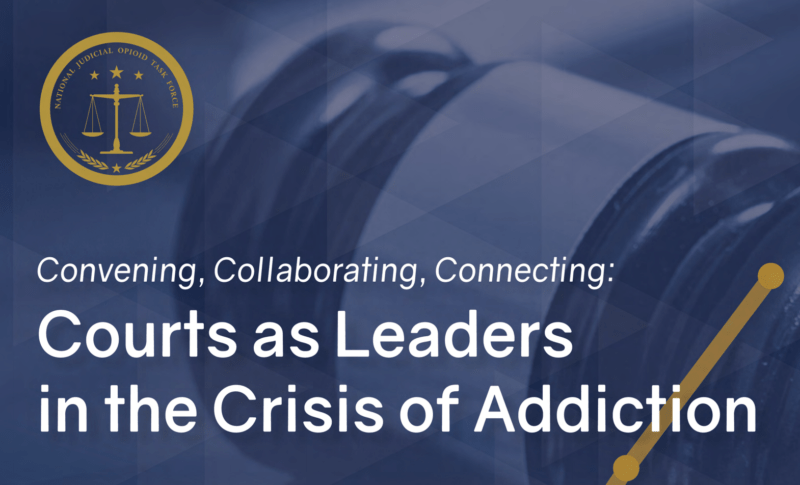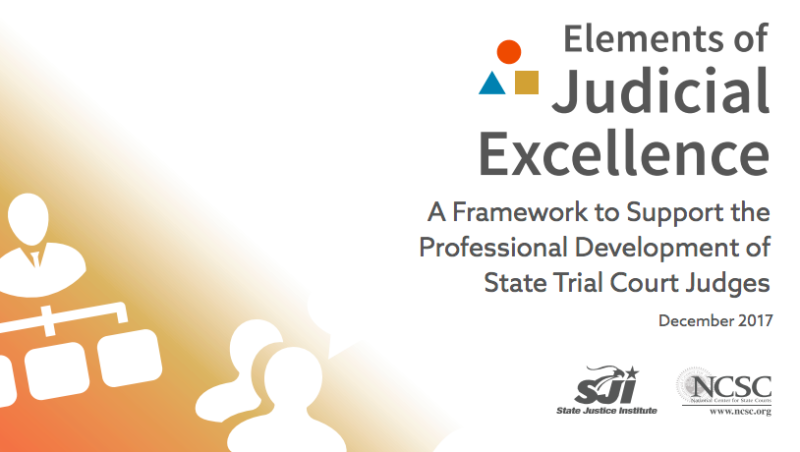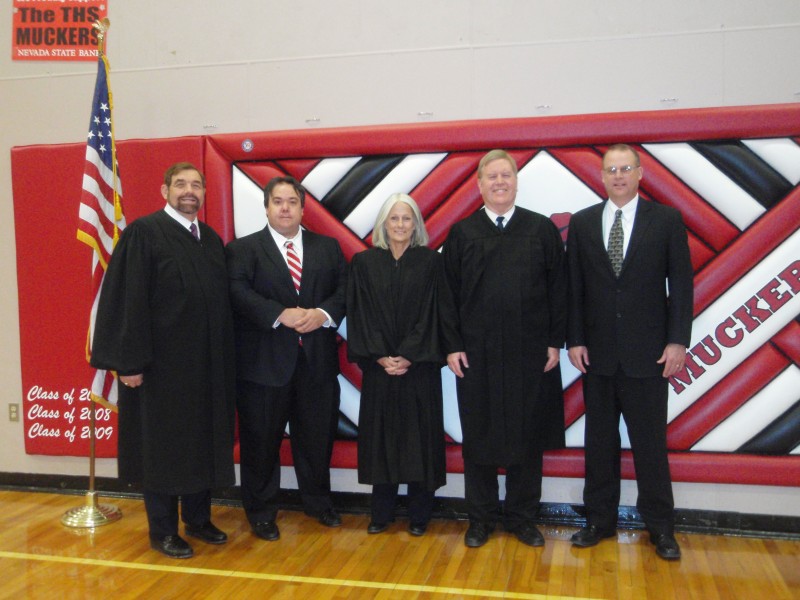Opioid Task Force Calls for Judicial Training, Provides Resources
In November, the National Judicial Opioid Task Force released a wide-ranging report examining how courts can best address the ongoing opioid epidemic. The task force was created by the Conference of Chief Justices and the Conference of State Court Administrators. Read more



